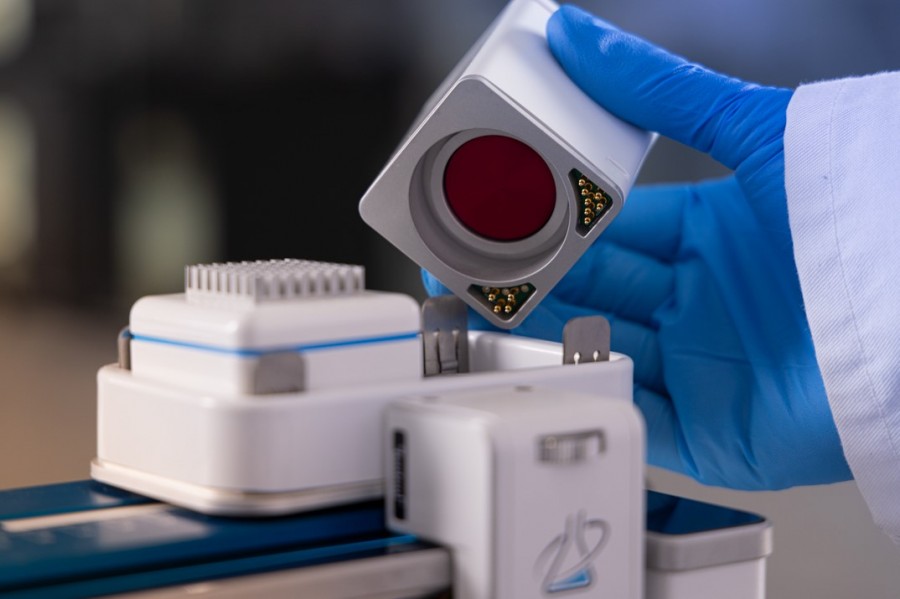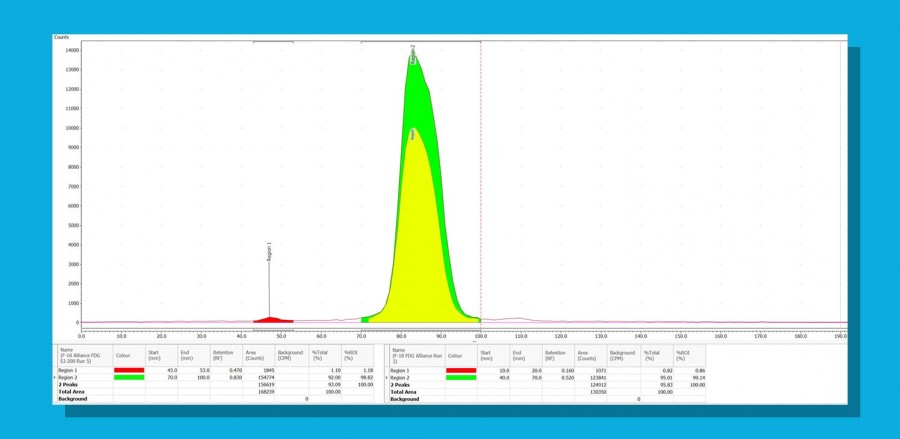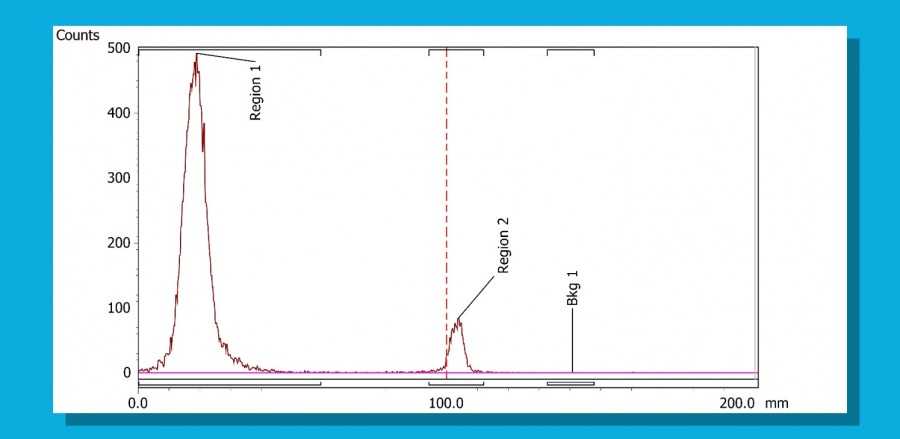What are SiPM detectors and why use them in radiochromatography?
22/11/2023

The new smart cableless detectors deliver improved counting efficiency and stable performance
One of the most innovative features of LabLogic’s new Scan-RAM 2 radio-TLC scanner are its new smart cableless detectors. While legacy PMT-based NaI(TI) detectors are available for radio-HPLC applications, we are pleased to introduce SiPM detectors to the Scan-RAM range as well as the Flow-RAM radio-HPLC detector for the first time, bringing greater sensitivity and more stable performance. Using the instrument’s quick-change detector mechanism, detectors are automatically identified and operating parameters stored within the Laura software for instrument control.
What is SiPM?
Silicon Photomultipliers, or SiPMs, are detectors used extensively in radiation detection and medical imaging systems. Each detector has thousands of micron-sized avalanche photodiodes (APD). These can be arranged in custom-made arrays within a small area allowing different geometries.
We have created linear arrays of SiPMs that align with the Scan-RAM’s collimator, providing advantages in detector sensitivity and resolution. This innovation means users can handle less sample volume and hence activity, reducing radiation exposure.
Improved counting efficiency
The new Scan-RAM 2 was found to have an improved counting efficiency of up to 50% for radiochemical purity measurements of 18F-FDG when using a SiPM plastic scintillator detector compared to the original Scan-RAM using a traditional PMT detector, as evidenced below.

18F-FDG radiochromatogram comparing Scan-RAM 1 with PMT/plastic scintillator detector (yellow) to Scan-RAM 2 with SiPM/plastic scintillator detector (green).
Avoid common peak abnormalities
In a recent demonstration at a hospital radiopharmacy, radiochromatograms of 68Ga Somakit CITRATE were produced using the Scan-RAM 2 using a SiPM detector and an alternative model of radio-TLC scanner with the results shown below. The Scan-RAM 2 had the necessary response to avoid common peak abnormalities such as broadening and splits.

Scan-RAM 2 with a SiPM/Plastic Scintillator, 1mm/sec, one pass along full length (200mm).

Alternative r-TLC scanner used for analysis 2 hours earlier.
Stable temperatures for consistent performance
Using Peltier temperature control, SiPMs have fixed stable operating temperatures to deliver consistent detector performance. This is compared to PMTs which are affected by gain fluctuations caused by changes in ambient room temperature and heat generated by the instrument’s motor and operating electronics.
Reduced instrument footprint
SiPMs are smaller compared to traditional PMTs, allowing the geometry of the detector to match the scintillator and contributing to the Scan-RAM 2’s much-reduced footprint. SiPMs achieve an equivalent signal-to-noise as PMTs but with a smaller surface area.
Solid-state devices
SiPMs are solid-state devices making them resistant to shock and vibrations that may occur because of extensive handling by users. In instances where lower-energy gammas are being measured, a PMT detector may provide a better solution than a SiPM as the greater surface area provides more interactions with the scintillator. As such, new PMT-based equivalent detectors have been introduced to supplement the SiPM detector range.
Find out more
You can learn more about the Scan-RAM 2 and its range of smart detectors by clicking the button below to speak to a product specialist directly to request a guided demonstration.